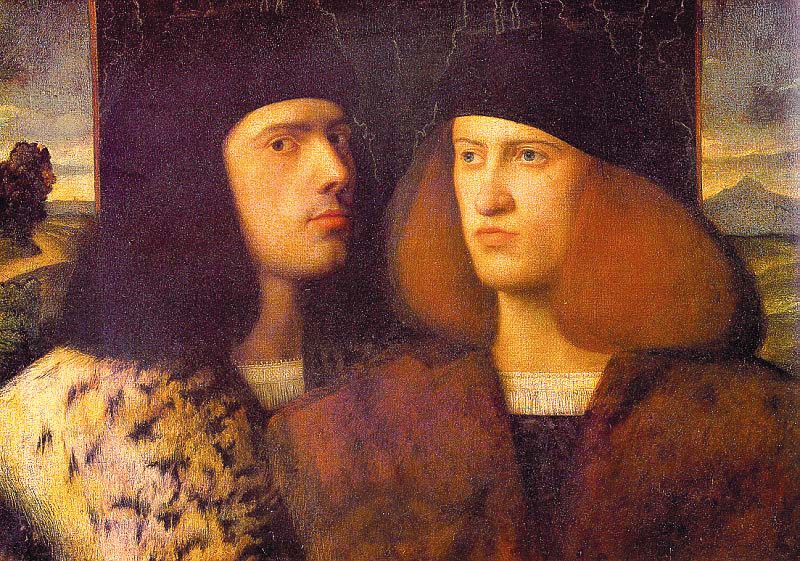In one variation of a popular paradox, a friend tells you that she’ll give you a present sometime next week, but that you won’t be able to predict the day on which you’ll receive it.
This is puzzling. If she waits until Saturday, the end of the week, it will be obvious that you must receive the gift on that day, as no other day remains possible. But if we exclude Saturday then the same argument could be used to exclude Friday, and so on back to Sunday. It seems that the friend’s declaration can’t be true — her gift can’t be unexpected.
David Morice offers one possibility that he called “Zeno’s solution”: Your friend, wearing a precision wristwatch, presents the gift in the moment precisely between Friday and Saturday. No reasoning has led you to expect this, so you’re surprised.
(David Morice, “Kickshaws,” Word Ways 27:2 [May 1994], 106-116.) (See the link — Morice offers three other solutions as well, “but I expect that each is logically flawed.”)


